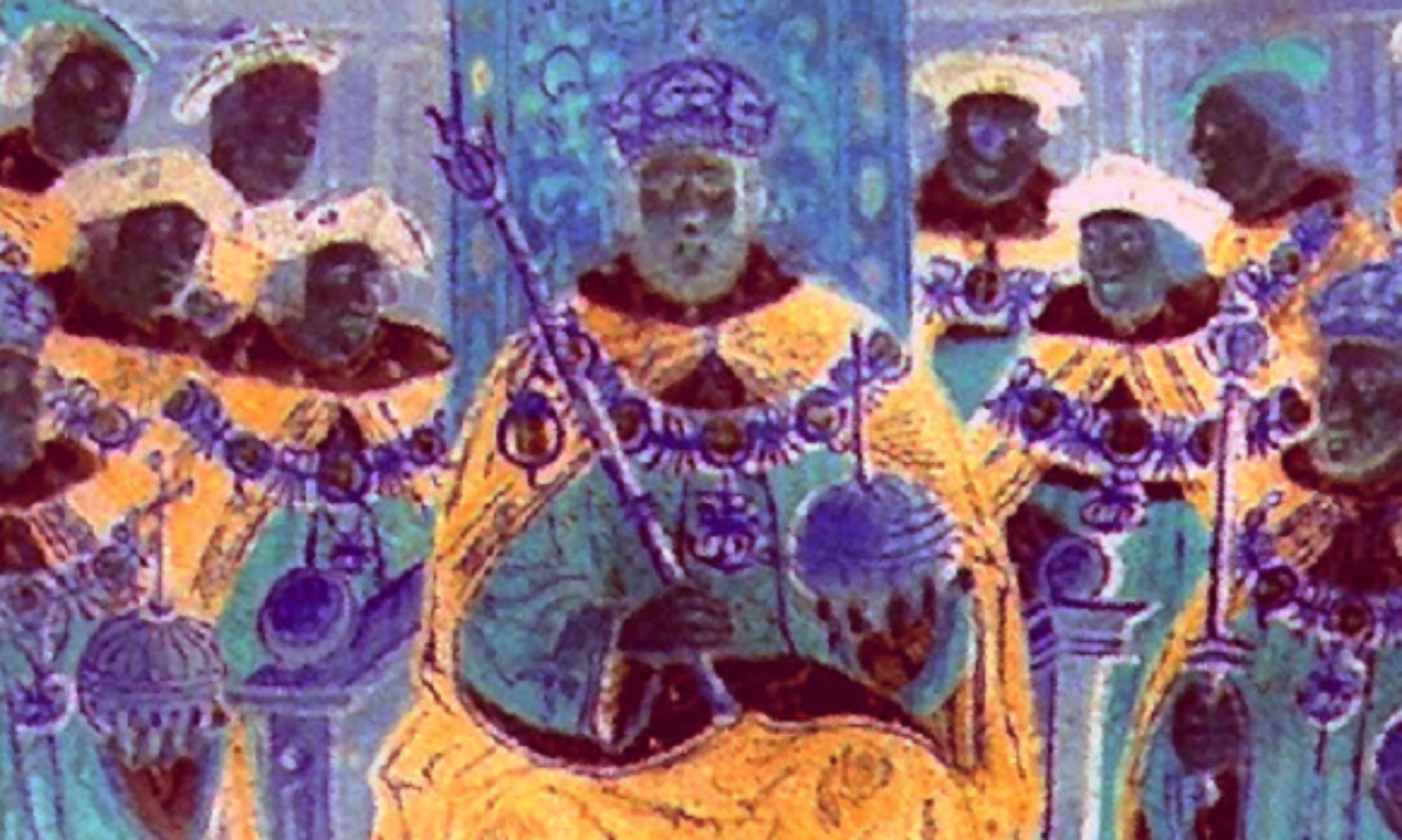AI-powered facial recognition tools have become invaluable for genealogists seeking to identify individuals in old family photos. Here’s how to leverage these technologies effectively:
Top AI Tools for Facial Recognition in Genealogy
- MyHeritage
- Automatically detects faces in uploaded photos and tags them to profiles in your family tree.
- Compares facial features across your photo library to suggest matches, even accounting for aging.
- Related Faces
- A specialized genealogy tool that analyzes facial geometry (eyes, nose, mouth) to generate “Resemblance Numbers” between photos.
- Creates comparison grids to visualize similarities and connects unidentified faces across user accounts.
- Google Photos
- Uses built-in facial recognition to group similar faces, even across decades.
- Helpful for spotting recurring individuals in large collections (e.g., identifying a younger version of a grandparent in an older photo).
- DeadFred.com
- An online archive planning to integrate facial recognition to help users match unidentified photos with named individuals in public databases.
- Lightroom and Mylio
- Photo management tools with AI tagging features to organize and cross-reference faces in digital archives.
Step-by-Step Process
- Digitize and Organize Photos
- Scan or photograph old images at high resolution.
- Add metadata (names, dates, locations) where possible to improve AI accuracy.
- Upload to AI Platforms
- Use tools like Related Faces or MyHeritage to upload photos. The AI will isolate faces and create profiles for comparison.
- Analyze Facial Features
- AI maps geometric patterns (e.g., distance between eyes, jawline shape) to create a unique “faceprint” for each individual.
- Compare unknown faces against identified relatives to find matches.
- Review and Cross-Verify
- AI tools provide similarity scores (e.g., “Resemblance Numbers”) but require human judgment.
- Cross-check matches with historical records, family trees, or contextual clues (e.g., photo backdrops, clothing styles).
- Collaborate and Share
- Use platforms like Related Faces to compare your photos with others’ collections, potentially identifying matches across distant relatives.
- Share digitized photos with family members to crowdsource identifications.
Key Tips for Success
- Combine AI with traditional research: Use census records, obituaries, and family interviews to validate AI suggestions.
- Check photo details: Inscriptions, photographer stamps, or clothing styles can provide context that AI might miss.
- Manage expectations: AI works best with high-quality, front-facing photos. Blurry images or extreme angles may yield unreliable results.
By integrating AI tools with traditional genealogy methods, you can transform unidentified faces into meaningful connections, uncovering stories that written records alone might never reveal.
